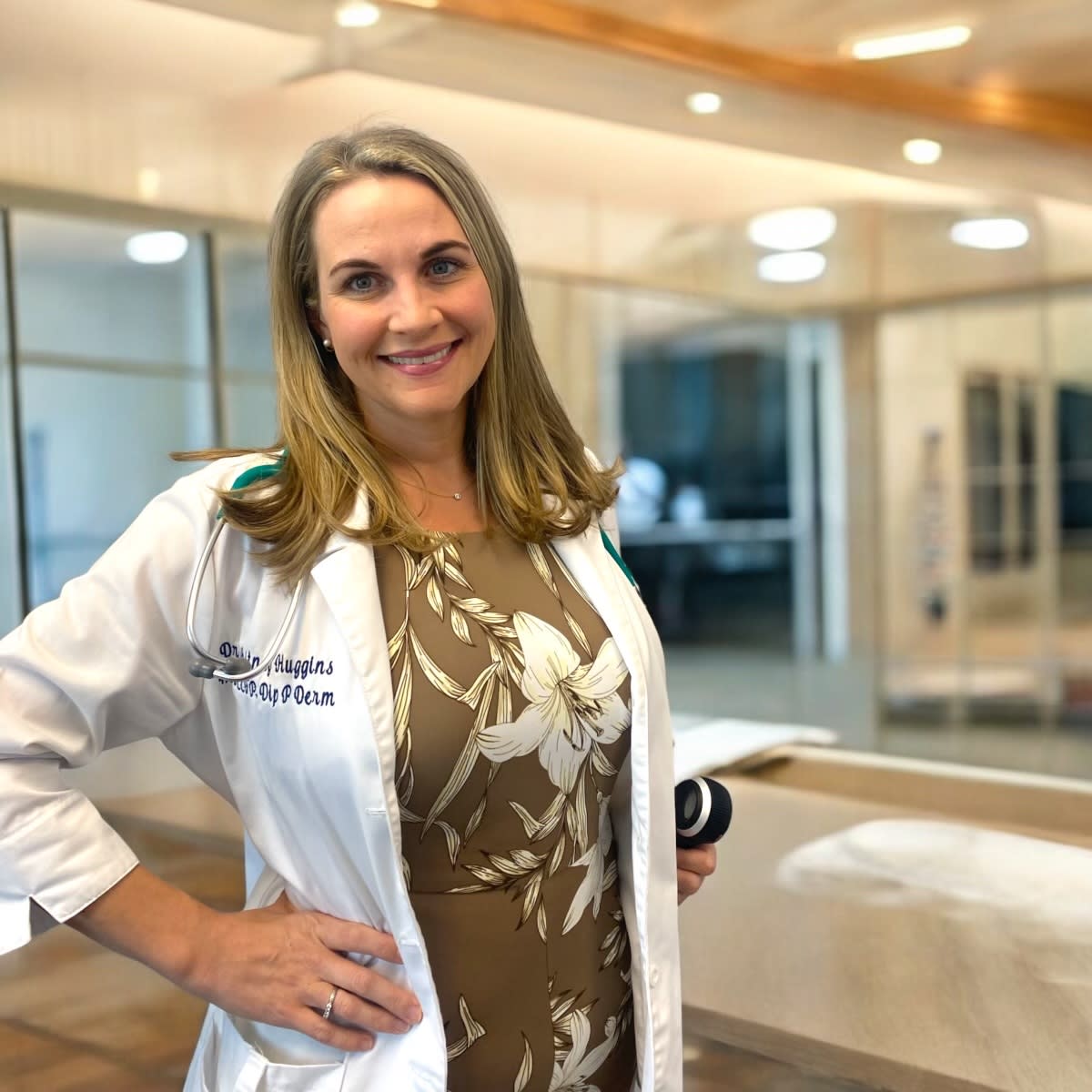Dr. Whitney Huggins is a family physician and hospitalist at Niagara Health. This column appeared in the St. Catharines Standard, Niagara Falls Review and Welland Tribune.

Dr. Whitney Huggins is a family physician and hospitalist at Niagara Health.
In my years as a family physician, hospitalist and palliative care provider, I’ve often found myself standing at the intersection of hospital and community care.
It’s a busy crossroads, filled with patients who are waiting to move forward in their health care journeys and families trying to make sense of what comes next.
When I first started working in Niagara Health’s Alternate Level of Care (ALC)unit, I thought I understood what patients and families needed: clear plans, practical solutions and timely decisions. But over time, I’ve learned that care isn’t just about logistics — it’s about connection, understanding and finding a way forward together.
ALC patients, as we call them, are often stuck in a kind of limbo. They’ve recovered enough to leave the hospital but not enough to go home safely. Some are waiting for a spot in long-term care, others for rehabilitation, and still others for the right supports to make living at home possible again. It’s a balancing act: figuring out how to meet their immediate needs while planning for a future that feels uncertain.
One of the things I’ve come to appreciate is the critical role family doctors play in these transitions. As a family physician, I’m the one constant in a patient’s care journey, from hospital discharge to follow-up visits at home.
When I visit a patient in their home — something I’m lucky to do as part of my practice — I get a glimpse of the life they’re trying to return to. I see how they move around their space, how their family supports them and how their health goals fit into their daily lives.
It’s moments like these that remind me why family medicine is so essential. In the hospital, care can feel very focused on the immediate problem — a broken hip, a bout of pneumonia, a change in medication. But back in the community, we see the bigger picture. We’re not just treating an illness; we’re supporting a person in living their life.
One of the most rewarding aspects of my work has been incorporating palliative care principles into my practice. Contrary to what many people think, palliative care isn’t just for the end of life. It’s about helping people live as well as they can, for as long as they can, on their terms. Sometimes that means managing pain or other symptoms, but it can also mean guiding families through difficult conversations about what’s most important to them.
Of course, there are challenges, too. The gaps between hospital and community care can feel like chasms at times. In the hospital, I have access to a team of specialists, therapists and social workers who can act quickly to support a patient.
In the community, those resources can be harder to come by. It’s frustrating to see patients wait weeks or even months for services they need right away.
Despite these hurdles, I remain hopeful. Every day, I see the resilience of patients and families navigating these challenges, and I’m reminded of the privilege it is to walk alongside them. As healthcare providers, we don’t have all the answers, but we can be partners in finding them.
For me, that partnership is the heart of medicine. It’s about listening, learning and adapting as we go. It’s about finding the humanity in every decision, big or small. And it’s about remembering that while healthcare can be complex, care itself is simple: it’s about being there.

